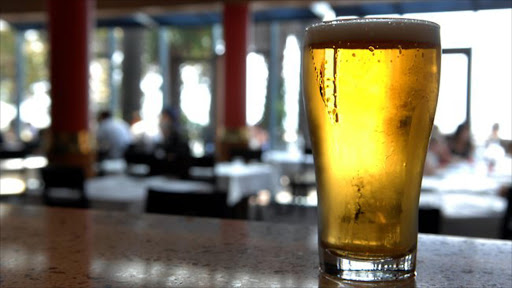MY first exposure to eau de vie was accidental. Being an inquisitive five-year-old, I was exploring the bathroom cabinet in our home below Stirling Castle. There, behind my father’s shaving brushes, was a pewter flask and inside it was a glass bottle, corked, labelled Brandy. The contents tasted awful but no worse than the bar of soap I’d mistaken for my mother’s home-made fudge a few weeks earlier.
A year later, at the Queen’s Coronation celebrations, under-age drinking was briefly legitimised with a sip or two of pommagne, a delicious, chilled sparkling cider. Thereafter I went underground, always offering to help clear up after Christmas, New Year or family dinner parties; there was just time to drain the dregs from sherry and wine glasses before reaching the kitchen.
Living in southern Africa allowed access to the Cape’s bounty. One Easter, a group of us from Swaziland came down to Cape Town to run in the Two Oceans marathon. Visiting a vineyard in Paarl, we learned that they sold off wine around March and April to make way for the new vintage. Abruptly, the urgency of the marathon paled beside the need to persuade our bus driver (a) to divert to Paarl on the return journey and (b) to waive company regulations so that his lower deck – which housed a toilet, shower and miniscule bar – could be packed with bottles of pinotage, merlot, reislings and some sauternes. South Africa, then and now, may not rate highly at governance, race relations or clean forensic audits, but they know a thing or two about producing drinkable wine and brandy.
And they are innovative, as I discovered while drinking a glass of a cabernet sauvignon from Upington. This remote town on the banks of the Orange River, the semi-desert of the Karoo all around, has summer temperatures in the nineties upwards, dropping to sub-zero in winter, hardly an encouraging milieu for wine production, yet they do and pretty palatable it is, thanks to storage in cool underground vaults.
Vast volumes of beer are absorbed in Swaziland. One consequence is that men relieve themselves wherever, with public toilets being few in the towns and non-existent in rural areas. For more years than my family want to remember, I have waged a solo campaign against this health hazard by tooting the car horn whenever we pass a micturating male; timing is all but if correct, the excretor will turn to see who is hooting – and saturate his trousers down one leg, both if a breeze is blowing.
more on heraldscotland.com




